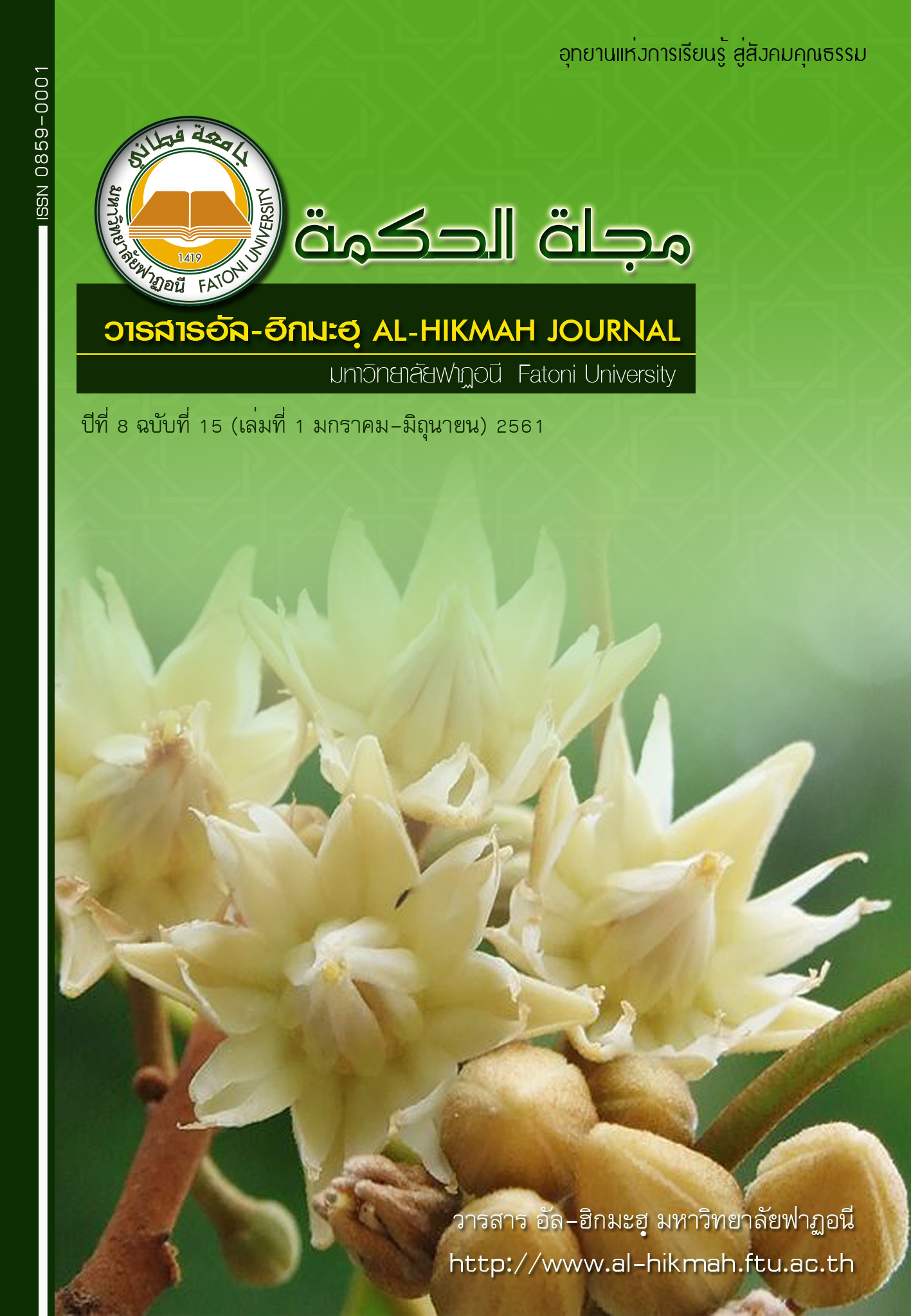The Process Of Creating Partial Reduplication Malay Dialect Of Urak Lawoi Lipek Island
Keywords:
The creating partial reduplication, ending with an open syllable, ending with a closed syllable,, urak lawoiAbstract
This research discusses the process of creating partial reduplication Malay Dialect of Urak Lawoi Lipek Island (MDULLI). The objective of this study is to analyse the process of creating partial reduplication process within the MDULLI. This data collection, the researcher interview with 10 respondents above the age of 50 years old from Lipek Island, Satun. This data was processed and analysed using the autosegmental theory which is based on the model of the melodic transfer by Clements (1985) and Clement’s Representation Level of Syllable Structure (1985). The process of creating partial reduplication data of MDULLI was processed with KVK template.
The finding of the MDULLI has two types of partial reduplication which is the partial reduplication that ending with an open syllable such as /sama/ [sa.ma)] [ma).sa.ma)] (simillar) and the partial reduplication that ending with a closed syllable such as /malam/ [ma).lap] [lap.ma).lap] (at night).
References
Asmah Haji Omar. (2008). Susur galur bahasa Melayu (2th ed.). Kuala Lumpur: Dewan Bahasa dan Pustaka.
Asmah Haji Omar. (2009). Nahu Melayu Mutakhir (5th ed.). Kuala Lumpur: Dewan Bahasa dan Pustaka.
Chanthas Thongchuay. (1976). The phonology of the chao-le language on ko Sire amphoe muang, changwat Phuket. Tesis MA. Songkhla: Srinakarinwiroj Prasanmit University.
Clement, G. N. (1985(a)). The problem of transfer in nonlinear morphology. Dalam. Cornell working papers in linguistics 7, 38-73.
Clement, G. N. (1985(b)). The geometry of phonological feature. Phonological Theory: The Essential Readings, 201-223.
Gay, L. R., Mills, G. E. & Airasian, P. W. (2011). Educational research: competencies for analysis and application (10th ed.). United State of America: Pearson Education.
Kannika Nitayapakde. (1985). The phonology of urak lawoi’ language on Lanta island in Krabi province. Tesis MA. Bangkok: Mahidol University.
Neuman, M. L. (2011). Social research methods: qualitative and quatitative approaches (7th ed.). Boston: Pearson Education.
Nik Safiah Karim, Farid M.Onn, Hashim Haji Musa, Abdul Hamid Mahmood, Muhammad Salehudin Aman dan Abdul Ghalib Yunus. (2013). Buku 1 tatabahasa dewan bentuk kata (Edisi Sekolah Rendah). Kuala Lumpur: Dewan Bahasa dan Pustaka.
Nik Safiah Karim. Farid M. Onn, Hashim Musa dan Abdul Hamid Mahmood. (2006). Tatabahasa Dewan Edisi Baharu. Kuala Lumpur: Dewan Bahasa dan Pustaka.
Paen patana sam pi pho. so 2558-2560 (Perancangan kemajuan tiga tahun 2015-2017). (2014). Phuket: Rasada Sub-District Municipality.
Othman Lebar. (2012). Penyelidikan kualitatif pengenalan kepada teori dan metod. Tanjong Malim: Universiti Pendidikan Sultan Idris.
Supin Wongbusarakum. (2007). The urak lawoi’ of the Adang archipelago, Thailand. Bangkok: Themma Group.
Tajul Aripin Kassin. (2005). Penggandaan Separa dalam Dialek Perak: Suatu Analisis Autosegmental. Jurnal bahasa, jilid 5 bil. 3, (pp. 162-188). Kuala Lumpur: Dewan Bahasa dan Pustaka.
Zaharani Ahmad. (2007). Pembentukan kata ganda separa bahasa Melayu. Kuala Lumpur: Dewan Bahasa dan Pustaka.



